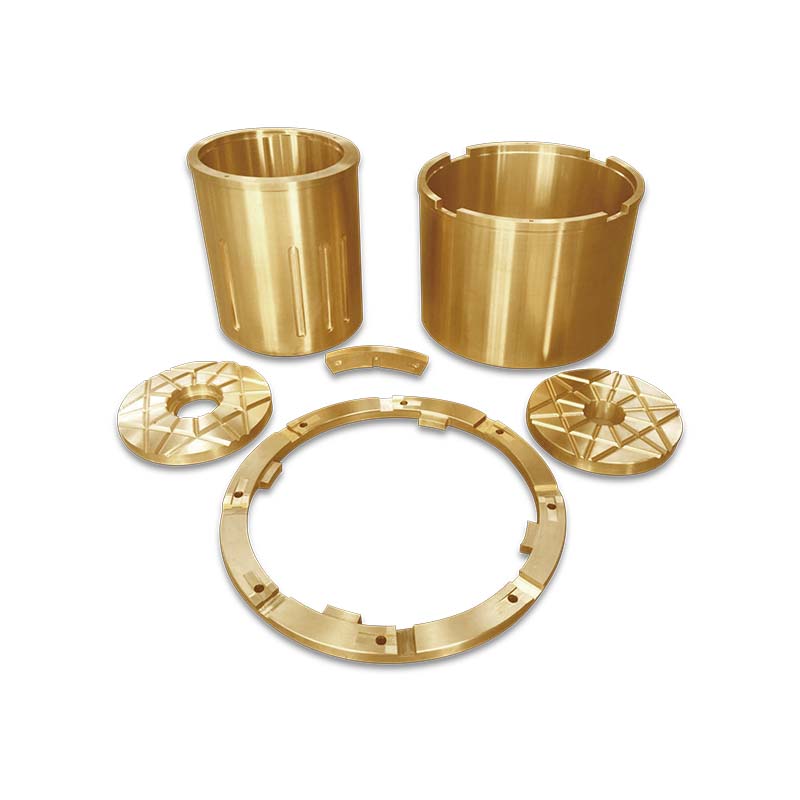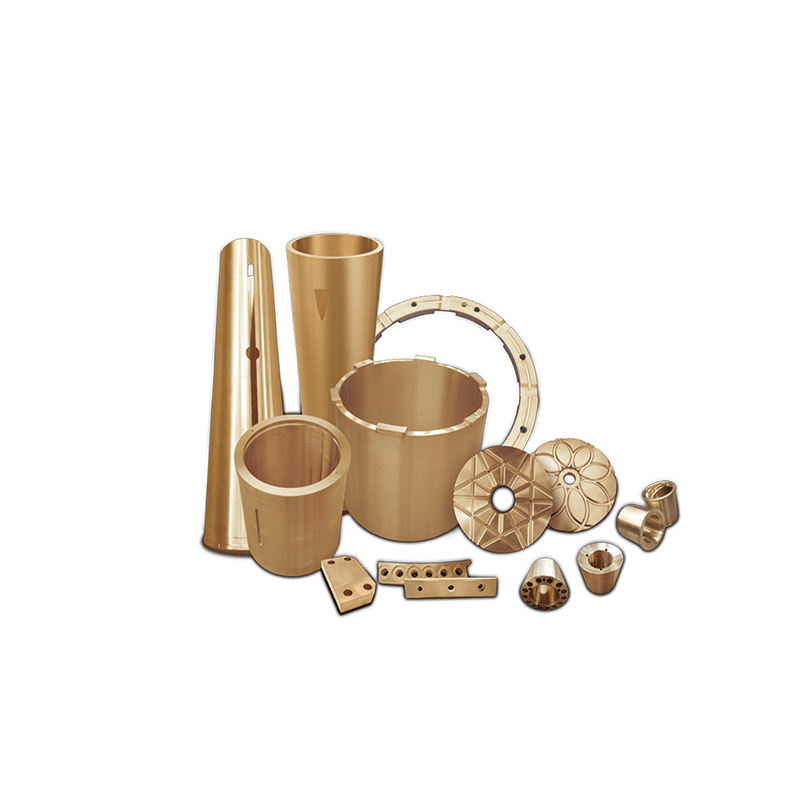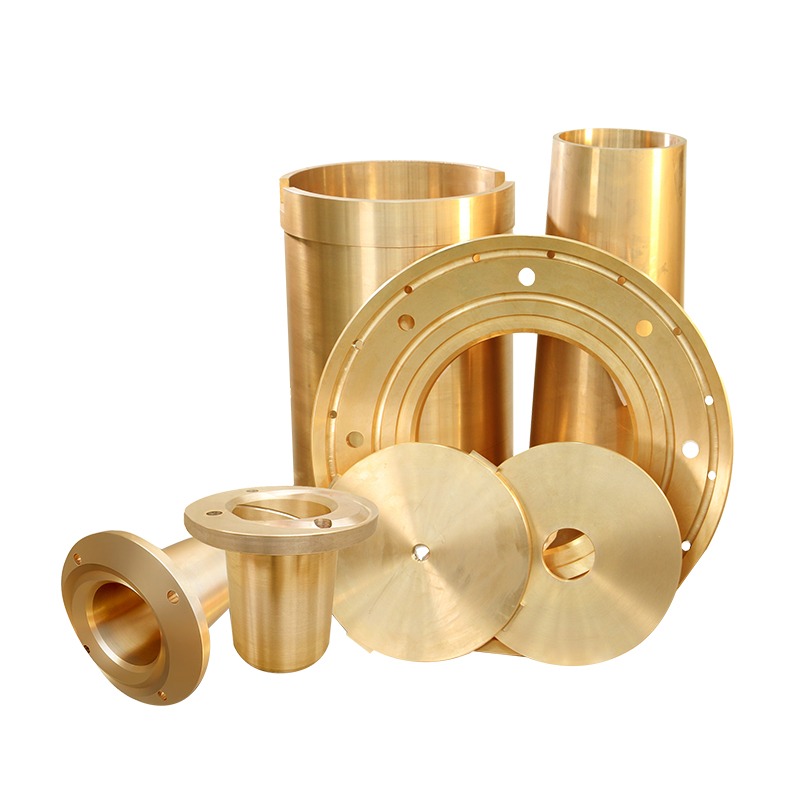
Home > News > Industry news > How to match out the right casting process for copper fittings?
To match the right casting process, a systematic evaluation and selection process can be used. This involves defining the requirements, understanding the characteristics of the different casting processes, and taking into account the various influencing factors. The following is a step-by-step approach to help you select the right casting process:
Define the requirements for copper fittings
Copper fittings design and geometry: Determine the complexity, dimensions and structural characteristics of the copper fittings.
Material requirements for copper fittings: Define the materials to be used for copper fittings and their mechanical properties, corrosion resistance, thermal conductivity and other requirements.
Functional requirements of copper fittings: determine the end use of copper fittings and the working environment, including load, temperature, corrosive environment, etc..
List the potential casting process of copper fittings
According to the needs of copper fittings, list the casting process may be applicable. Common casting processes include sand casting, precision casting, die casting, centrifugal casting, lost foam casting, etc..

Evaluate the characteristics of each casting process to cast copper fittings
Copper fittings size and shape complexity: consider whether the process can meet the shape and size requirements of copper fittings.
Copper fittings material compatibility: the applicability of each casting process for different materials is different, such as sand casting for a variety of metal materials, while die casting is more suitable for aluminium, zinc alloy.
Copper fittings surface finish and accuracy: understand the process of copper fittings surface finish and dimensional accuracy, matching to the needs of copper fittings.
Production cost of copper fittings: Evaluate the mould cost, production efficiency and subsequent processing cost of the process.

Consider copper fittings output and economy
Small batch production: For small batch or custom production, processes with lower mould costs can be chosen, such as sand casting or investment casting.
High volume production: High volume production is suitable for choosing high-efficiency processes, such as die casting or vanishing mould casting, which can significantly reduce the cost per piece.
Comparison of the advantages and disadvantages of different processes for copper fittings
Advantage: such as die casting can provide high precision, high strength castings, sand casting is suitable for large and complex parts.
Disadvantages: such as precision casting mould and process costs are higher, die casting is limited by the size of the casting.
Practical cases and experience reference
Industry standard: refer to the industry similar to the common casting process of copper fittings.
Past experience: If there is a similar project, you can refer to the previous successful use of the casting process.
Process capability and equipment
Equipment Availability: Ensure that the equipment for the selected process is available or easily accessible for the production of cast copper fittings.
Technical proficiency: When selecting a process, consider how well the plant or team has mastered the process to avoid production of cast copper fittings being compromised due to lack of technical proficiency.

Final Decision and Validation
Weighing the pros and cons: Based on the previous assessment, each possible casting process is weighed and the one that best meets the comprehensive requirements is selected.
Small batch trial production: Before mass production of cast copper fittings, small batch trial production of cast copper fittings can be carried out to verify the feasibility and economy of the selected process.
Feedback and adjustment: according to the results of trial production and actual use of feedback, make the necessary adjustments to ensure that the final selected casting process can be stable and efficient production of parts that meet the requirements.
Conclusion
Through the above steps, the most suitable casting process can be matched by systematically evaluating the demand for copper fittings, process characteristics, production economics and equipment capacity. This approach not only ensures product quality, but also improves production efficiency and reduces costs.
+86 17719955658
AddMazhuang Village, Yuhe Town, Huixian City, Xinxiang City, Henan Province, China
E-maildora@hsjxchina.com
Copyright @ 2025 Haishan Bronze Casting No:84463
Copyright @ 2025 Haishan Bronze Casting
Copyright @ 2025 Haishan Bronze Casting